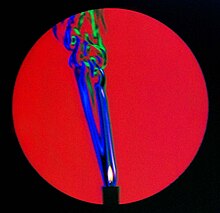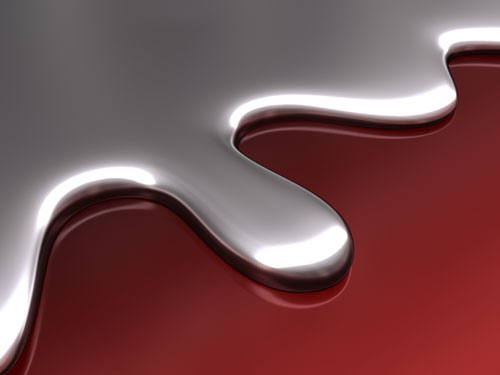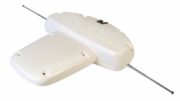We get a lot of questions at Solid Signal. That’s how we like it, by the way. Considering how summers seem to get hotter every years, this question comes up more and more. So, let’s dig in.
Trust me this is the last thing you need to worry about. Even if you are in Death Valley where temps get up to 130 now and again, you’re not going to find your antenna in a puddle. Antennas are made of aluminum and have a melting point just north of 1,200 degrees. Nothing you do is going to melt that antenna unless it also burns the house down.
What about the plastic parts?
Ah, you say, what about the antennas encased in plastic? Plastic melts, right? Yes, it does, and different plastics melt at different temperatures. Common ABS plastic can melt as low as 105 degrees, while silicone can keep its shape until you get up to about 666 degrees (pretty ominous.) The plastic used for the outer sheaths of most antennas has a melting point in the mid 200 degree range so you’re still ok. Even direct sunlight isn’t going to get to that point, not anywhere on this planet that’s safe to live.
OK, genius, what about the circuit boards?
The electronics are safe too, as they’re all designed to handle temperatures higher than the melting point of lead for short periods. That number, in case you’re worried, is about 370 degrees. Again, there’s no concern that things are going to melt away, although it should be said that continually working in a very hot environment is not good for electronics and I would expect an antenna’s balun or amplifier to fail earlier in a hot environment.
So, everything’s going to be ok. If you’re really invested in the idea that heat is going to be bad for antennas, I will throw you a bone: The Schlieren effect, shown here in exaggerated color,

says that when a small pocket of air is much warmer than the air around it, it warps light. This is what causes mirages in the desert and all sorts of other optical illusions. The effect isn’t just for visible light, either; radio waves are affected when hot air rises in a small pocket, which can happen on hot days when an asphalt roof is much warmer than the air around it. In a case like that, TV reception could definitely get worse when it’s just that hot. But then, the sun sets, everything cools, and the problem goes away without causing any permanent harm.
Need a new antenna?
Sunlight exposure over the course of decades can eventually kill antennas, and so can cold and water. If you’re ready for the next over-the-air antenna, shop the great selection at Solid Signal! If you have questions before or after the sale, be sure to give us a call at 888-233-7563 during East Coast business hours! We have a staff of antenna experts who can recommend the right parts and accessories for you. Don’t shop blind… we’re here to help.





